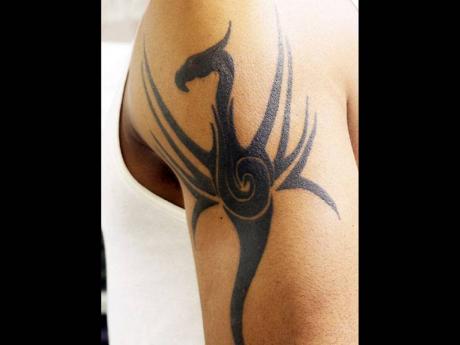Keloid skin - avoid body piercings, tattoos
Arusha Campbell-Chambers, skin, hair & nail healh
With the increased popularity of body piercings and tattoos, particularly around special occasions such as Valentine's Day, more individuals may be discovering for the first time that their skin is at an increased risk of forming keloids.
A keloid is a type of scar which extends beyond the area of the original skin injury or inflammation. It is most common in black individuals. Keloids can occur at any age, but are more common in young adults.
Family history
They tend to run in families and can occur following acne, surgery or other skin injury. There is usually a problem with the mechanisms in the skin that keep the scarring process in check. As a result, scarring continues uncontrolled. Some affected individuals have no symptoms, while others may experience pain, itching or burning.
A keloid resembles an exaggerated scar which extends beyond the original wound. It tends to be shiny, rubbery and hairless, and it can be red, pale, dark or skin coloured. Keloids commonly occur on ears, chest, shoulder, face or back. They are rare on the palms and soles.
Reducing keloid recurrence
No single treatment or combination of treatments has been proven to cure the condition and ensure that it never recurs. However, treatments can be combined to reduce the chance of keloids recurring.
Treatment options include:
- Topical/Injectable steroids
- Silicone bandages
- Pressure bandaging
- Laser surgery (with or without injectable steroids or with or without radiotherapy)
- Newer experimental therapies
If one is at risk of keloids, one can help prevent keloids by avoiding tattoos, body piercing, unnecessary skin surgery and treating acne and razor bumps properly.
Dr Arusha Campbell-Chambers is a dermatologist and founder of Dermatology Solutions Skin Clinics & Medi-Spas; email: yourhealth@gleanerjm.com.


